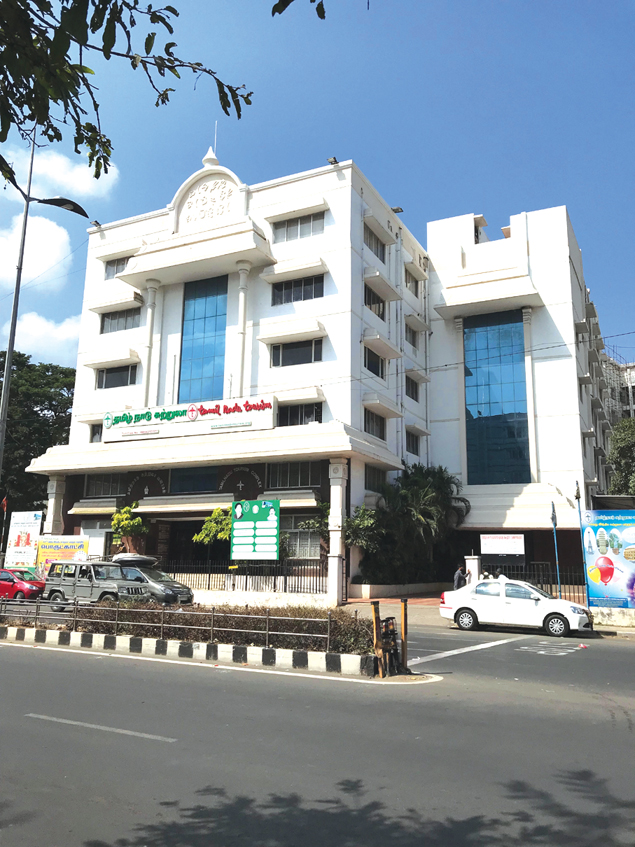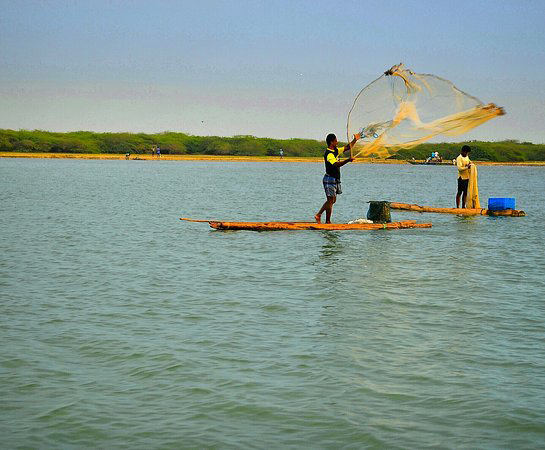Registered with the Registrar of Newspapers for India under R.N.I 53640/91
Vol. XXVII No. 21, February 16-28, 2018
Archives: Vol. XXVII No. 21, February 16-28, 2018
Why no Central largesse for City?
by The Editor
A former Union Finance Minister has dubbed the recently presented central budget as nothing but a vote-gathering exercise. While he may be influenced by political compulsions, this appears to be a logical inference. How else can we justify a whopping Rs 17,000 crore for a suburban and metro railway development scheme encompassing 160 km in Bengaluru, whilst Chennai got nothing? Karnataka is shortly to face an Assembly election. The other beneficiary has been Mumbai, which has got Rs 10,000 crore. As compared to this, Chennai Metro got nothing. Is it our fault that despite the best opportunities, our politicians prevented mid-term elections to the Assembly?
Chennai Metro has been pleading for a couple of years now that it be permitted to begin work on a second phase in its expansion. However, the detailed project report (DPR) when submitted to the Union Ministry for Housing and Urban Affairs was returned with the comment that the document did not give any justification for the poor patronage of the Metro despite it being operational over 50 per cent of the proposed 45 km network in Phase 1. At present 30,000 people use the Metro each day. The DPR for Phase 1 had apparently estimated that the full network of 45 km would carry around 7.7 lakh passengers a day. The Ministry has therefore said that the present 28 km ought to be catering to 4.5 lakh passengers at the minimum. With the present patronage being less than 10 per cent of what was estimated, the Ministry is questioning the viability of the entire service.
What follows is even more damning. The Ministry has said that the DPR for Phase 2 is totally silent on alternative modes of transport, such as bus and light rail; it makes no mention of last mile connectivity; and, above all, there is no thought given to public private partnerships. In short, the DPR is precisely what a group of bureaucrats seated in an ivory tower must have come up with. It is only with sorrow that we at Madras Musings would like to point out that these are precisely the lacunae that we have been highlighting all along in the first phase as well.
It is all very well to enthusiastically burrow under the ground, crack up heritage buildings above, swallow parks and open spaces and then report progress on the distance covered in terms of laying tracks. But public patronage is an altogether different exercise. No thought had been given to it when the Mass Rapid Transport System (MRTS) was planned, and we are more or less on the same track when it comes to the Metro. Which is a pity, given that the idea is essentially a good one.
As of now therefore, our Metro is caught in a bind. Lack of funds means its proposed Phase 2 and its planned linking up with the MRTS are not going to happen any time soon. Those two are vital for the viability of the service overall. Without them, we are India’s costliest Metro and perhaps the nation’s least used one as well. If matters are left this way, we will end up having two isolated and poorly used transport systems – the MRTS and the Metro, both built at enormous cost in terms of money and damage to environment.
Our political establishment appears to be blissfully unaware of all this. Not a reaction has been expressed to the virtual cutting off of all central support. May be our MPs need to take a leaf from the books of their colleagues from Andhra who are busy protesting outside Parliament about poor budgetary support to their State. Or they could engineer an election.
Expansion alone won’t reduce congestion
by A Special Correspondent
Congestion and its consequences
The World Health Organisation recommends 10 micrograms of Particulate Matter 2.5 (indicator of pollution) in ambient air. However, in Chennai, it is between 40 and 60 micrograms as against the Respirable Suspended Particulate Matter (RSPM) in air that is safe up to 60 micrograms per cubic metre. Some parts of Chennai have about 120 micrograms. The main reason for high air pollution is the exhaust from the ever-increasing number of vehicles on the city roads causing congestion, fuel wastage and high emission.
Chennai’s vehicle population has been accelerating steadily from 6 lakh in 1992, to 13 lakh in 2001 and 36 lakh in 2012. Chennai has the second largest vehicle population in the country. Daily, about 1,500 new vehicles hit the roads, with two-wheelers constituting more than 75 percent of them. It is predicted that Chennai will soon have twice as many vehicles as Mumbai. Still, car penetration within cities in the country is only about 20 per 1000 compared to 90 in China, indicating a frightening possibility for further growth unless steps are taken to cope with or discourage such progression.
In terms of vehicle density, that is, number of vehicles per km of road, Chennai tops the list with 2093 against Delhi’s 245. Delhi’s low density is because of its road length. Compared to 1800 km in Chennai, Delhi has around 30,000 km of road length. Owing to high traffic density,
Lost Landmarks of Chennai
Sriram V
The cafeteria that offered alternative grains

The Tamil Nadu Tourism’s headquarters, now sited where the Annapurna Cafeteria was.
Today if someone in the city was asked to name popular restaurant chains, he or she would list Saravana Bhavan, Adyar Ananda Bhavan, Vasantha Bhavan and Sangeetha. But forty years ago there was just one – the Annapurna Cafeterias. Unlike the ones listed earlier, this was not a commercial venture. In the true tradition of the socialistic years immediately after Independence, these were cafeterias run on a not-for-profit basis, with the sole aim being the sale of tasty, nutritious dishes made out of non-rationed foodgrains.
Pulicat Lagoon in harm’s way
Seetha Gopalakrishnan

Pulicat Lake, once a fisherman’s paradise.
A long the east coast of India, five massive wetlands – starting from Point Calimere (Kodiakkarai) and Pulicat in Tamil Nadu, the Krishna-Godavari basin in Andhra, Chilika in Odisha and Sundarbans in West Bengal – provide the necessary moisture for monsoon winds to precipitate. While it may be difficult to comprehend the intricacies of how monsoons work, one thing is clear – these wetlands need to remain wet for rain clouds to emerge and develop. And Pulicat is an integral part of this system.
Straddling the borders of Andhra Pradesh and Tamil Nadu, the Pulicat Lake is essentially a brackish water lagoon, rich in floral and faunal diversity. Spread over 450 sq.km., the lagoon is fed by three rivers – the Arani, the Swarnamukhi and the Kalangi. The Pulicat Lake’s biodiversity has been celebrated by zoologists and ecologists alike with researchers recording 168 species


